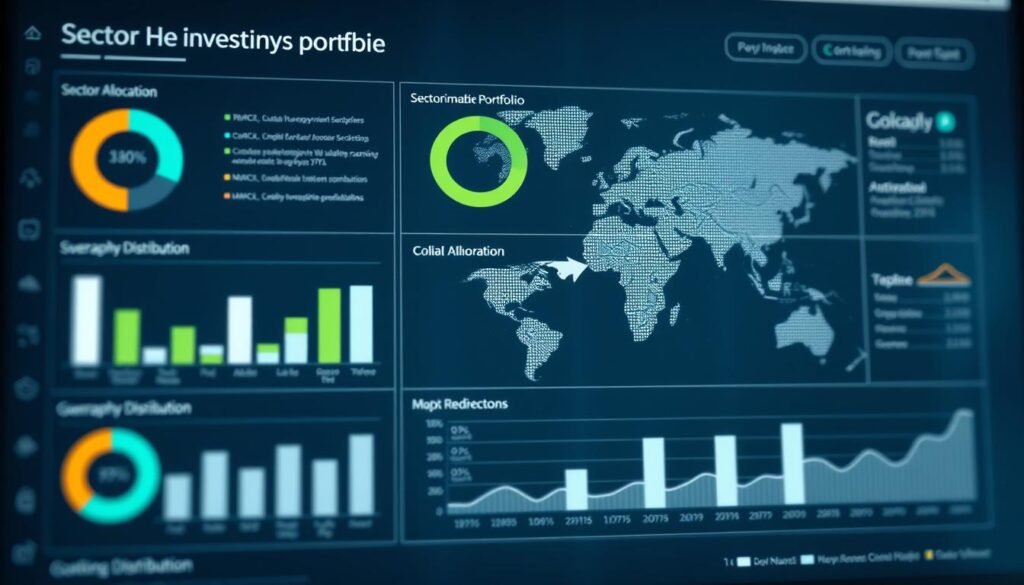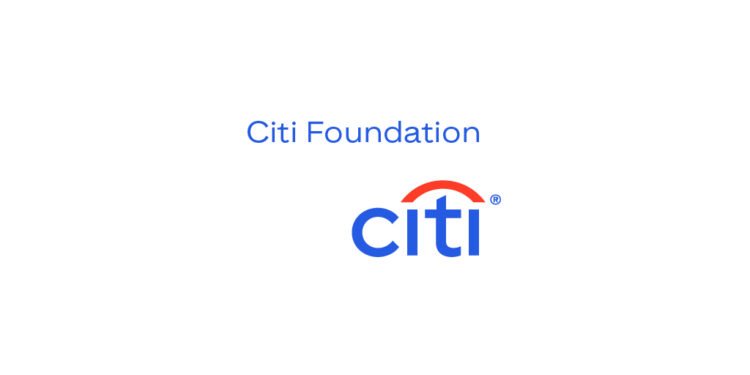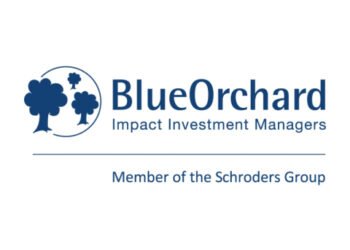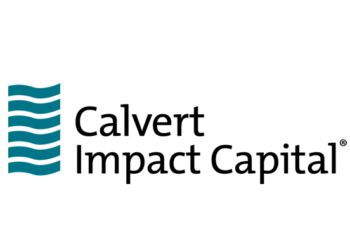Can your money make a real difference in the world while still growing your wealth? Many people believe they must choose between profit and purpose. But a new wave of financial strategy proves this is a false choice.
Launched in 2020, a major initiative began with $150 million. It has since grown to $500 million. This portfolio supports over 50 startups tackling big problems. The focus is on areas like workforce development and sustainability.
Meredith Shields, the fund’s head, explains their unique goal. They seek strong financial performance and positive societal change. For them, these two objectives work together, not against each other.
This approach is part of a larger, fast-growing trend. The global market for this type of investing saw nearly 18% growth recently. It shows that investors are increasingly looking for more than just a return.
Key Takeaways
- A major financial institution launched a $500 million portfolio focused on dual-purpose investments.
- The strategy targets early-stage companies solving critical global challenges.
- Key areas of focus include sustainability, financial inclusion, and infrastructure.
- The fund demonstrates that achieving competitive returns and positive social impact are compatible goals.
- The broader market for this investment style is expanding rapidly, reflecting a shift in investor priorities.
- This model leverages extensive global reach and expertise to identify high-potential ventures.
Understanding the Impact Investing Landscape
Despite recent political headwinds, the investment landscape for social and environmental solutions continues to evolve. The fundamental drivers creating opportunities in this space remain strong.
Shifts in Investment Narratives and ESG Debates
Political discussions have created challenges for ESG terminology. However, industry experts emphasize that the underlying needs persist. Jason Robart of Seae Ventures notes that while language may change, the problems requiring solutions remain urgent.
Global regulatory pressures and shareholder demands continue to push large companies toward sustainable practices. This creates consistent investment opportunities across various sectors.
The Role of Venture Capital and Impact Investing
Corporate venture capital has historically embraced impact strategies. Major technology firms launched dedicated funds with significant allocations. These initiatives target early-stage companies addressing critical challenges.
Research shows that diverse organizations often achieve better outcomes. This makes diversity-focused investing a smart business decision. The approach generates competitive financial returns while driving positive change.
Venture capital plays a crucial role in scaling innovative solutions. Early-stage funding enables startups to tackle pressing issues affecting people worldwide.
Citi Impact Fund: Driving Sustainability and Social Change
Financial institutions are redefining success by measuring returns through both profit metrics and social outcomes. The Citi Impact Fund exemplifies this approach with its dynamic investment strategy.
Mission and Evolution of the Fund
Meredith Shields, the head of Citi’s impact initiative, emphasizes their adaptive approach. “We’re investing in the needs of people and communities, and those change rapidly,” she explains. The portfolio has shifted from initial themes to focus on pressing current issues.
Personal finance management, healthcare affordability, and the care economy now receive significant attention. These areas help individuals balance work with family responsibilities. The fund backed healthcare analytics provider Intus Care and cost-management startup TailorMed in late 2024.

Focus on Underserved Communities and Diversity
Meredith Shields outlines a two-part framework for their investments. First, they prioritize diverse founders who have traditionally lacked access to capital. Second, they evaluate what social problems each company solves.
This strategy has produced remarkable results. Over 70% of portfolio companies have leadership from women and people of color. This significantly exceeds traditional investment sector averages.
The initiative leverages the parent bank’s extensive resources to identify promising ventures. A proprietary measurement tool tracks capital effectiveness and real-world outcomes. This ensures funding reaches areas with the greatest community need.
Investment Trends and Data Insights
Quantitative analysis reveals distinct patterns in capital deployment strategies across different market cycles. The data shows how disciplined allocation adapts to changing economic conditions while maintaining strategic focus.
Year-on-Year Investment Patterns
Over the past four years, the portfolio has made 13 total investments. The deployment pace varied significantly by year, reflecting market opportunities and selective criteria.
2022 marked the most active period with six investments. Other years averaged one to two deals annually. This pattern demonstrates strategic timing in capital allocation.
Breakdown by Investment Stage and Round Sizes
The strategy focuses primarily on growth-stage companies. These businesses have moved beyond initial concepts to demonstrate product-market fit.
Series A rounds averaged $12.7 million across three investments. Series B funding reached $22 million per round. Series C investments averaged $52.5 million, showing support for scaling operations.
This staged approach allows meaningful participation across company growth phases. The data confirms a balanced portfolio with equal emphasis on Series A, B, and C opportunities.
Portfolio Analysis: Sectors, Geography, and Team Dynamics
A deep dive into the investment portfolio reveals strategic patterns across sectors and geographies. This analysis provides a comprehensive view of how capital allocation supports both financial returns and social objectives.
Sector Distribution and Technological Focus
The portfolio shows strong concentration in Enterprise Applications with nine investments. HealthTech and Sustainability Tech each feature four allocations, demonstrating balanced commitment to digital transformation and environmental solutions.
Technology remains a core focus with eleven tech companies in the holdings. The list includes eight software providers and nine enterprise B2B businesses. This technological emphasis supports scalable solutions to complex challenges.

Geographical Reach and Portfolio Companies
Geographic data shows predominant US focus with eleven investments. Limited international exposure includes single investments in Brazil and Israel. This aligns with the strategy of serving American communities.
Notable portfolio companies include The Mom Project supporting workforce participation and Ohm Connect addressing energy efficiency. The team has identified two unicorns among their holdings.
The fifteen-member investment team includes six Partners and seven Principals. Over 155 co-investors have participated in deals, validating selection criteria. This network provides additional expertise for portfolio companies.
Innovative Strategies and Future Outlook in Impact Investing
The future of investing is being reshaped by powerful new technologies that promise to solve old problems in new ways. The Citi Impact Fund is actively positioning itself at this convergence, focusing on applications that can scale personalized services for greater inclusion.
Incorporating Generative AI and Advanced Technologies
Generative AI offers tremendous potential for building better systems. It can automate complex tasks, expanding access to vital healthcare services and improving financial products for underserved customers.
This initiative invests in companies like Clerkie, an AI financial planner that helps people manage debt. Another example is Wellthy, which combines AI with human support to navigate the complex healthcare system.
However, the adoption of these technologies requires careful evaluation. Leaders note that trust is a major hurdle, especially in communities that have historically been underserved. Introducing AI solutions demands a clear commitment to consumer safety and data fairness.
The fund meticulously examines the potential for biased data to worsen existing economic divides. The goal is to ensure technology acts as a bridge, not a barrier.
In climate technology, market forces continue to drive capital toward essential decarbonization solutions. Demand from shareholders and international regulations ensures funding for must-have technologies, regardless of political narratives.
Major federal acts provide over $1 trillion in combined funding. This support helps de-risk emerging technologies, encouraging private capital to participate in building a sustainable future.
Conclusion
The movement to align capital with positive change has firmly entered the mainstream. What began as a niche focus for family offices has expanded significantly. Major institutional players now actively participate in this space.
Meredith Shields of the Citi Impact Fund notes this formalization of the sector feels like a natural progression. The fundamental goals remain constant, even as scrutiny increases. As Jason Robart states, the focus is on proving both strategic and financial value.
The model that successfully balances competitive returns with measurable societal benefit is now a proven strategy. This approach supports diverse founders and tackles urgent issues like healthcare and financial inclusion.
Ash Puri of Lightrock maintains a bullish outlook, arguing that the scale of global problems necessitates innovative solutions. Investors will continue to back businesses that provide them. The trajectory for this style of venture investing points toward continued growth and relevance.
FAQ
What is the primary goal of this venture capital initiative?
The primary goal is to generate positive social and environmental change alongside financial returns. It focuses on providing capital to innovative companies that address critical issues like climate change, healthcare access, and economic empowerment in underserved communities.
How does this approach differ from traditional funding strategies?
Unlike traditional strategies that prioritize financial metrics alone, this model integrates impact measurement directly into its investment process. It actively seeks out startups building solutions for systemic problems, with a strong emphasis on diversity within founding teams and the customers they serve.
What stages of company development does the fund typically support?
The initiative invests across various stages, from early-stage funding rounds to later-stage growth capital. This allows them to back promising businesses from their initial launch through scaling, ensuring long-term support for portfolio companies.
Which sectors or areas receive the most focus for investments?
Key investment areas include sustainability, healthcare technology, and financial inclusion. The strategy targets companies developing technologies and services that can create measurable improvements in these fields, with a significant portion of capital directed towards climate solutions.
Who manages the investment decisions and portfolio for this program?
A dedicated team of experienced investors, led by professionals like Meredith Shields, Head of the Citi Impact Fund, manages the portfolio. This team has expertise in both venture capital and impact investing, ensuring rigorous due diligence and active management of the companies in which they invest.
How can entrepreneurs or startups apply for consideration?
Entrepreneurs building businesses that align with the fund’s mission can typically submit applications through the firm’s website. The process involves a review of the company’s business model, potential for impact, and the strength of the management team.





